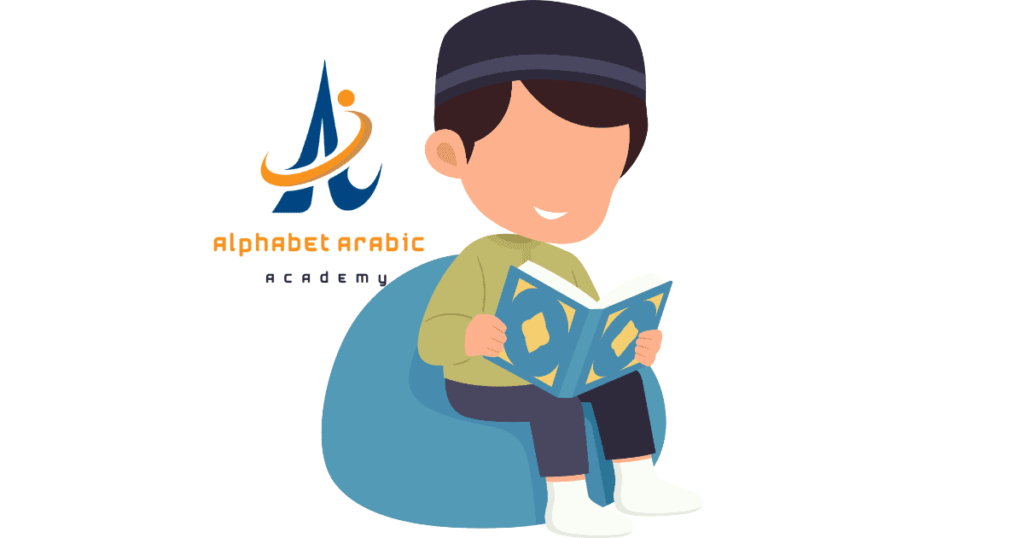Online Quran learning has revolutionized the way Muslims around the world engage with the holy Qur’an. With the Best Quran Teacher Online, learners of all ages—from kids to adults—can conveniently access personalized and professional Quranic education. This article explores the top benefits of choosing online Quran classes through trusted academies like Alphabet Arabic Academy, your go-to platform for affordable and effective Quranic learning. contact us

1. Convenient Access Anytime
The charm of online learning is its flexibility. Whether you’re an adult juggling work, a child starting with Noorani Qaida, or a parent managing a busy household, the Best Quran Teacher Online allows you to schedule classes that suit your lifestyle. With the help of apps and platforms, Quran education is delivered directly to your home.
2. Personalized Learning Experience
One of the greatest advantages is the ability to have tailored lessons. Students, whether beginners or advanced learners, benefit from a customized teaching approach. These classes are designed to meet individual needs, ensuring a unique journey in learning Quranic recitation and tajweed.
3. Enhanced Flexibility and Comfort
No requirement to travel or stick to strict timetables. Online Quran academies offer unmatched flexibility, fostering an environment where you can learn comfortably from anywhere in the world.
4. Diverse Teaching Styles Available
With access to highly qualified tutors, students can explore different teaching methods. From traditional Azhar-certified instructors to modern interactive techniques, the options are vast, catering to all learning preferences.
5. Improved Quranic Understanding
The Best Quran Teacher Online emphasizes developing a deep understanding of Quranic ayat. By focusing on tajweed rules, Quranic Arabic, and tafsir, learners gain authentic knowledge that enhances their Islamic studies.
6. Affordable Learning Option
Online Quran classes are more cost-effective than traditional schools. Alphabet Arabic Academy offers competitive pricing starting at $40 per month, making it accessible for everyone.
7. One-on-One Attention Assured
Private tutoring ensures that students receive undivided attention from their teachers. This personalized guidance accelerates learning and fosters better engagement in lessons.
8. Global Exposure to Teachers
Online platforms connect students to expert Quran teachers from around the world. Whether you prefer native Arabic speakers or female instructors, you have a wide range of choices.
9. Time Management Skills Developed
Balancing Quran lessons with other commitments teaches students valuable time management skills. Flexible schedules make it easier to incorporate learning into daily life.
10. Safe Learning Environment
Parents can rest assured that their children are learning in a secure, virtual environment. Platforms like Alphabet Arabic Academy prioritize student safety and well-being.

11. Advanced Technological Tools
Modern tools such as interactive whiteboards, audio recordings, and video lessons enhance the learning process. These technologies promote better understanding and retention of Quranic teachings.
12. Accessible Comprehensive Resources
Online Quran academies provide a wealth of resources, including Noorani Qaida, Tajweed guides, and Quranic translations. These materials support students in their journey to master Quranic Arabic.
13. Structured Curriculum Provided
A structured syllabus ensures that students progress step-by-step, from beginner-level basics to advanced Quranic recitation. This systematic method creates a solid base.
14. Regular Progress Tracking
The Best Quran Teacher Online monitors students’ progress through regular assessments and feedback. This helps identify areas of improvement and celebrate milestones.
15. Community Building Opportunities
Learning the Quran online creates a communal atmosphere. Students can connect with peers and engage in virtual Islamic societies, promoting unity and shared learning experiences.
FAQs
How do I locate the top Quran tutor online?
Research online platforms, read reviews, and check the credentials of instructors. Alphabet Arabic Academy continues to be a dependable choice
What qualities make the best Quran teacher online?
Patience, effective communication skills, expertise in Quranic tajweed, and adaptability to different learners’ needs are key qualities.
Is learning the Quran online efficient?
Yes, with the Best Quran Teacher Online and structured lessons, students can effectively learn Quranic recitation, tajweed, and understanding.
How do online lessons fit into busy schedules?
Online lessons offer flexible timings and personalized plans, making it easy for even the busiest students to participate.
Do online Quran teachers provide progress reports?
Most online academies, including Alphabet Arabic Academy, provide regular progress tracking to ensure students stay on the right path.
Are you prepared to begin your Quranic adventure? Explore affordable and flexible learning options at Alphabet Arabic Academy. Join us today to discover the benefits of having the Best Quran Teacher Online at your fingertips!
source 1 :
https://alphabetarabicacademy.com/quran-online-for-beginners-and-advanced/
https://alphabetarabicacademy.com/how-to-learn-quran-fast/
https://alphabetarabicacademy.com/learn-quran-online/
source 2 :


